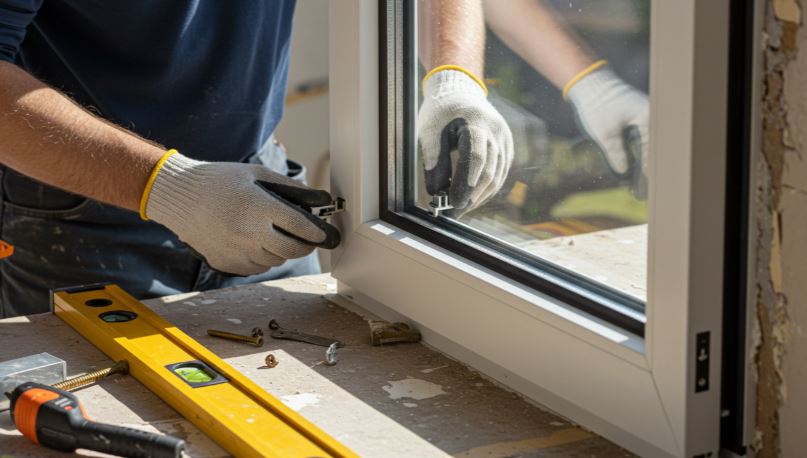If you’re thinking about replacing your old windows or fitting new ones, casement windows are a great option. They look good, are energy-efficient, and offer excellent security. But even the best windows won’t perform properly if they’re not installed correctly.
Here I’m going to walk you through what to expect when the casement windows are installed, how to prepare in advance, and some tips that you may find useful to get the best result.
Why Good Installation Matters
No matter how good quality your windows are, a poor installation can cause problems like draughts, condensation, or even leaks. Fitting properly will see to it that your windows will close tightly, keep your home insulated, and function for years to come. It also ensures you won’t be having issues that will invalidate your warranty.
The easiest way to avoid problems is to employ a qualified fitter who’s trained to meet UK building standards.
Preparing for Installation
First and foremost: choose a good fitter. Choose someone registered with a reputable scheme, such as FENSA or CERTASS. These stampings mean the fitter works to building regulations and you’ll get a formal certificate upon completion, which can be a lifesaver if you’re selling your home further down the line.
Before fitting, you will normally receive a survey. This is when the fitter comes and takes accurate measurements of your windows, checks the condition of your existing frames, and helps with the choice of material and styles.
The Fitting Process
When the fitter comes to install, this is what normally takes place:
Removing the old window: The fitter takes out your existing window, frame, and sealant with care without damaging floors or walls.
Getting ready for the opening: They check the opening of the window for any problems, including uneven surfaces or damp, and make good anything needed before they fit the new window.
Fitting the new frame: The new frame is fitted into the opening and leveled until it’s perfectly level and secure.
Insulating and sealing: Insulating foam or tape is used to fill the gap between the frame and then sealed with weatherproof silicone to keep out drafts and rain.
Fitting the sashes and hardware: The opening panels are installed and checked to ensure a smooth opening and closing. Locks and other fittings like vents are installed.
Touch-ups on the interior: Finally, the interior is tidied up with trims and caulk, and the window is cleaned before the installer finishes off.
Post Installation
Once installed, you should:
Check that the windows operate smoothly and that the locks work properly.
Have your paperwork in hand, such as your compliance certificate and warranties.
Keep the windows clean with low maintenance like wiping them down from time to time.
How Long Does It Take?
It normally takes a one or two-hour installation to install one casement window. If replacing all windows, the process will take about a couple of days depending on the number of windows.
What About Cost?
The price of installation varies depending on the material and size of the window. uPVC is the most affordable, followed by timber and aluminium. It is best to request two or three prices so that you can compare.
Final Thoughts
Casement windows Installation are that popular for a good reason. They’re useful, stylish, and provide reasonable ventilation and insulation — if properly installed. By choosing a reputable installer and getting the procedure, you can guarantee your new windows will work well and enhance your home for decades to come.
Read Next:
- Curtains vs Drapes vs Blinds. Which treatment works best for your home?
- 5 Benefits of Having Fire Doors & Protections




